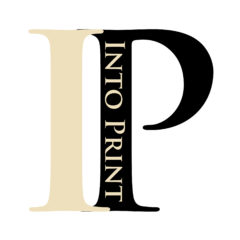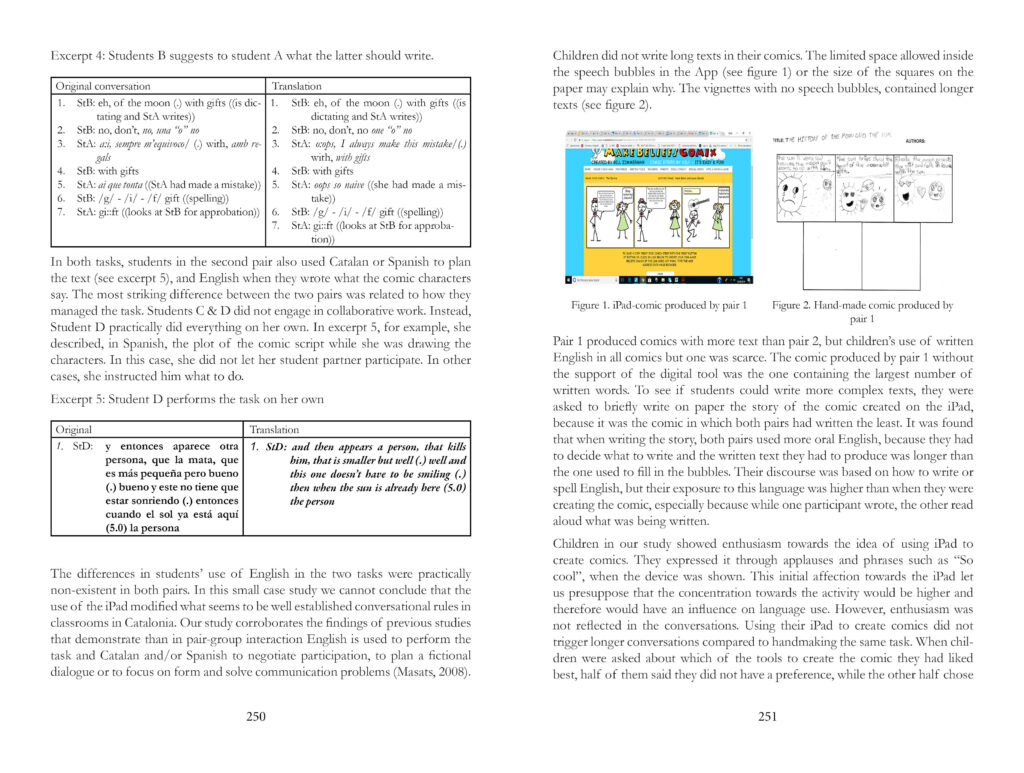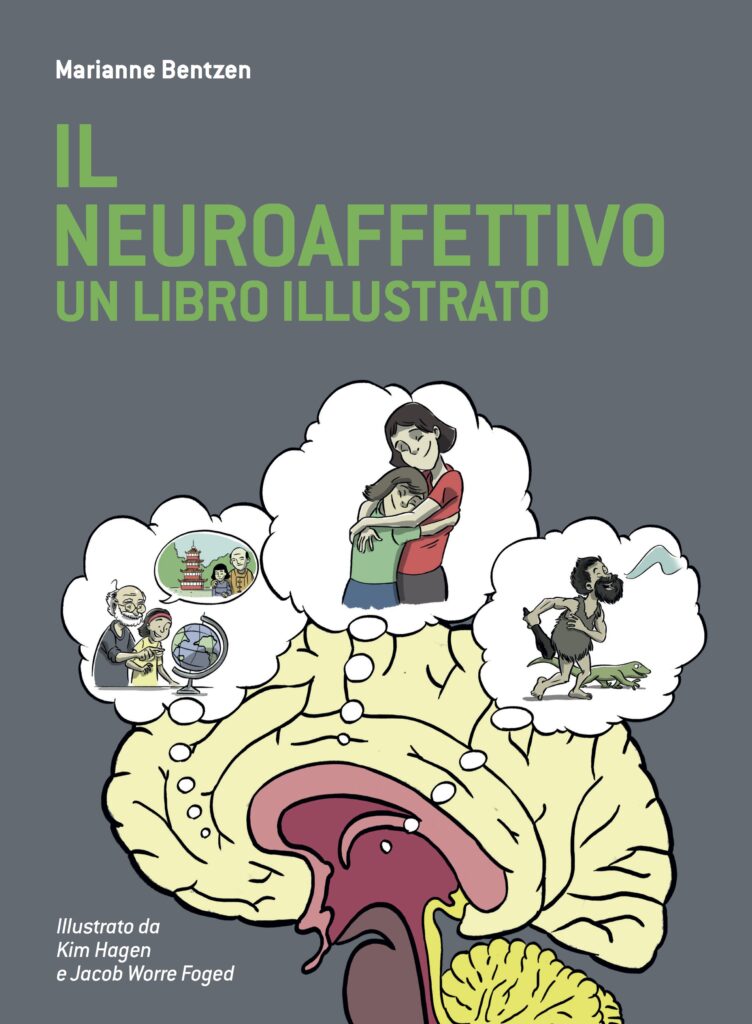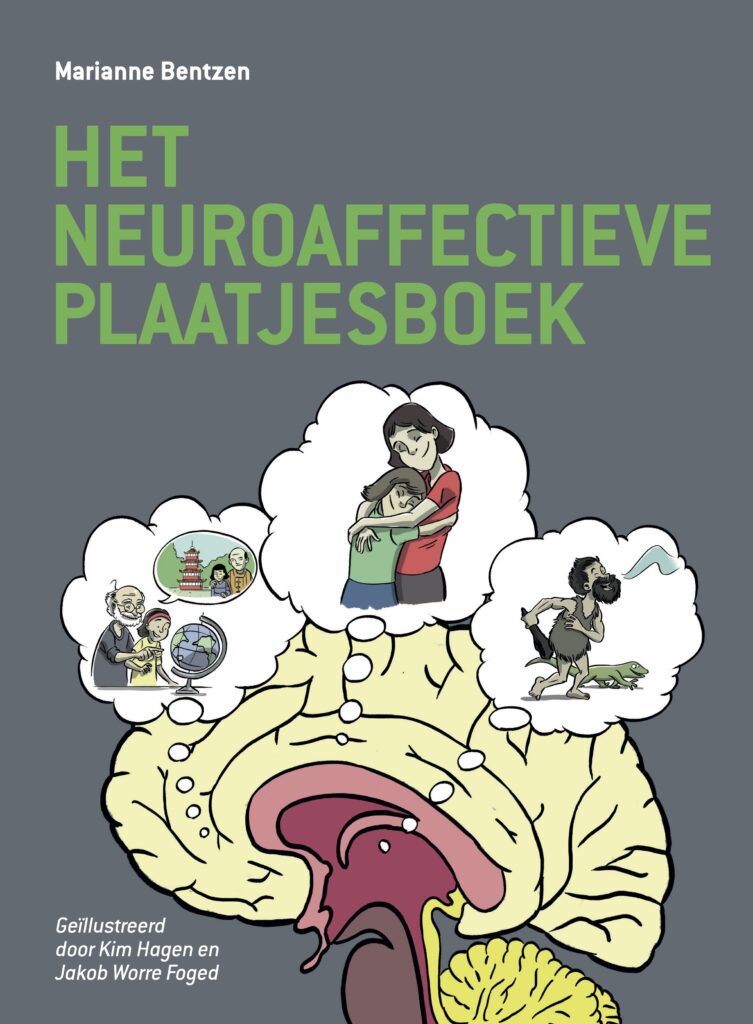Your family can be a powerful inspiration to write – your partner, children, siblings, parents, your ancestry, your genealogy indeed. Perhaps you are writing about close family – something a relative did that was out of the ordinary or who has had an extraordinary life. You could also be writing about the wider family, as in a family history stretching back perhaps a few generations but also bringing the stories up to the present day. Or is it a story of your own life as part of a family and a way of passing down the recent family stories to future generations – a personal memoir?
Writing for and about your family
The process of family writing can take many forms. If you are recording existing stories, from diaries perhaps, and providing introductions to them, you are taking on the role of editor or curator. Getting the material for your stories may require you learn the skills of a journalist, so that you can successfully interview family members in person, over the phone or via a video call. The BBC’s website is a great place to find all kinds of advice on matters such as working with vulnerable interviewees. The Society of Authors and similar organisations have web and written material with advice on how to and how not to write biography.
For interviewing, invest in a good voice recorder to make sure you don’t miss something important. You can get them for your smartphone and pause the playback when transcribing. Microsoft, Apple and Google also provide free transcribing tools. Take a well-lit head and shoulders photo of the smiling interviewee while you are there.
Autobiography
On the other hand, you may be recalling your own stories with the help of documents and photographs in your collection. Photographs are a great way of triggering memories for your writing and some photos may also make it into the book – but be selective.
If your family history comes up to the mid-20th century and beyond then there will probably be colour photos. So the book will be printed on Into Print’s print on demand (POD) colour presses. As a result, we can use colour in other aspects of the book’s design (tables, illustrations, magazine style blocks of colour) and sepia photos will look like the originals.
If the book is about an era before colour photography then black and white photos can be reproduced in ‘grey scale’ with black and white printing. Into Print helps authors with advice on how to best scan photographs, maps, illustrations and other materials that may be relevant to telling your family tale.


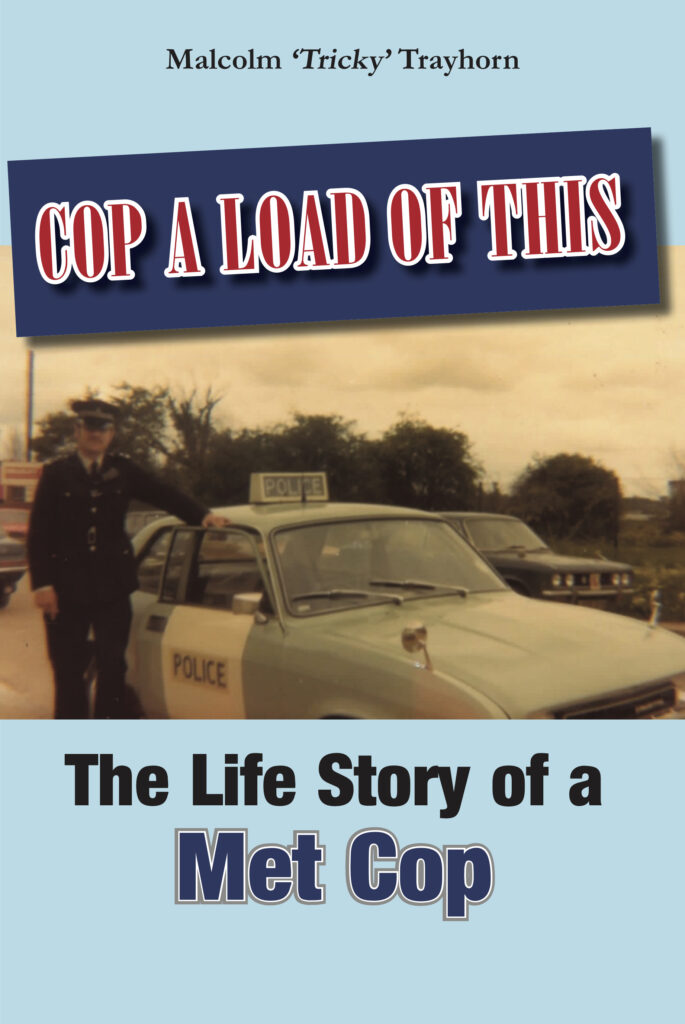
Genealogy
Genetics and statistics combine to tell us that we are all descended from people in the not unimaginable past, the whole human race from all the people alive just 3,400 years ago, for example. The last common ancestor of all people with longstanding European ancestries lived in 1400 so kings and queens may well be in your lineage somewhere.
Libraries and local genealogy clubs can point you to the resources and techniques to research and record. Web resources such as Ancestry are paid-for services to delve into hidden archives. There are software apps to help organise your information into meaningful family trees and to scrap book documents and images. These have export options to formats such as JPEG and PDF, which can then be submitted to Into Print, along with your commentary in words, to create book artwork.
At Into Print we’ve enjoyed designing and printing some impressive ancestral histories made up of family tree diagrams, groups of old and current photographs, illustrations and maps. Such collections often deserve to be presented in A4 or American A4 hardback, sometimes with an outer jacket which wraps around the book cover (which becomes an ‘inner’ cover). You can specify that the jacket and the cover are the same image or you can have a striking outer jacket together with an impressive single colour cloth inside cover.


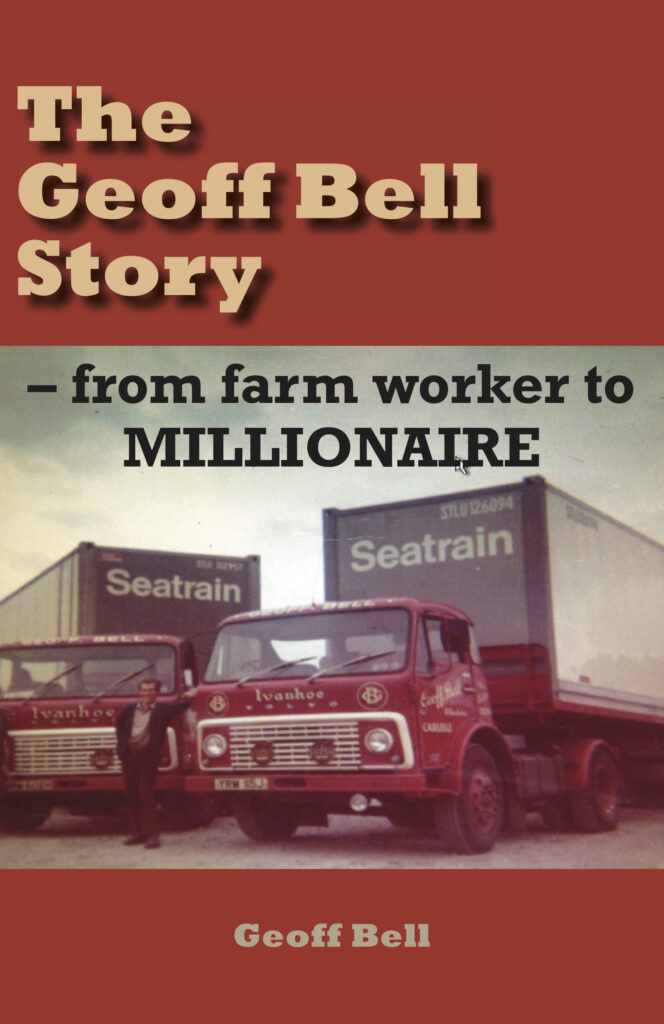
Collaborate and launch
You don’t have to do all the research and writing yourself. Some self-publishers produce their family history book by commissioning the writing and the necessary picture research separately. At Into Print, we are experienced at managing the book’s production by liaising closely with everyone concerned. We take in the words and images to create the book artwork and then send proofs to our self-publishing client for final approval for print and distribution.
A launch party with lots of family members invited ensures good initial uptake of the book. It’s best to check with guests ahead of the event to establish the quantity required. Into Print prints and ships and then the host self-publisher hands out the books personally over drinks and canapés.
Enjoy your family writing project
Researching and writing family-based stories can be great fun, so enjoy the process and get in touch with Into Print for advice if you get stuck. Give yourself a deadline so that the project doesn’t drift – the end game is to publish and make your work available to a wider audience, even if that’s just a wider family audience. Into Print sends out data about your book so that booksellers around the world will list it for sale. That means the distant cousins in Australia can buy a copy from amazon.au and the nephew in Los Angeles can pick one up from barnesandnoble.com. So sharing your family stories with relatives, wherever they may be, is easier than ever.
